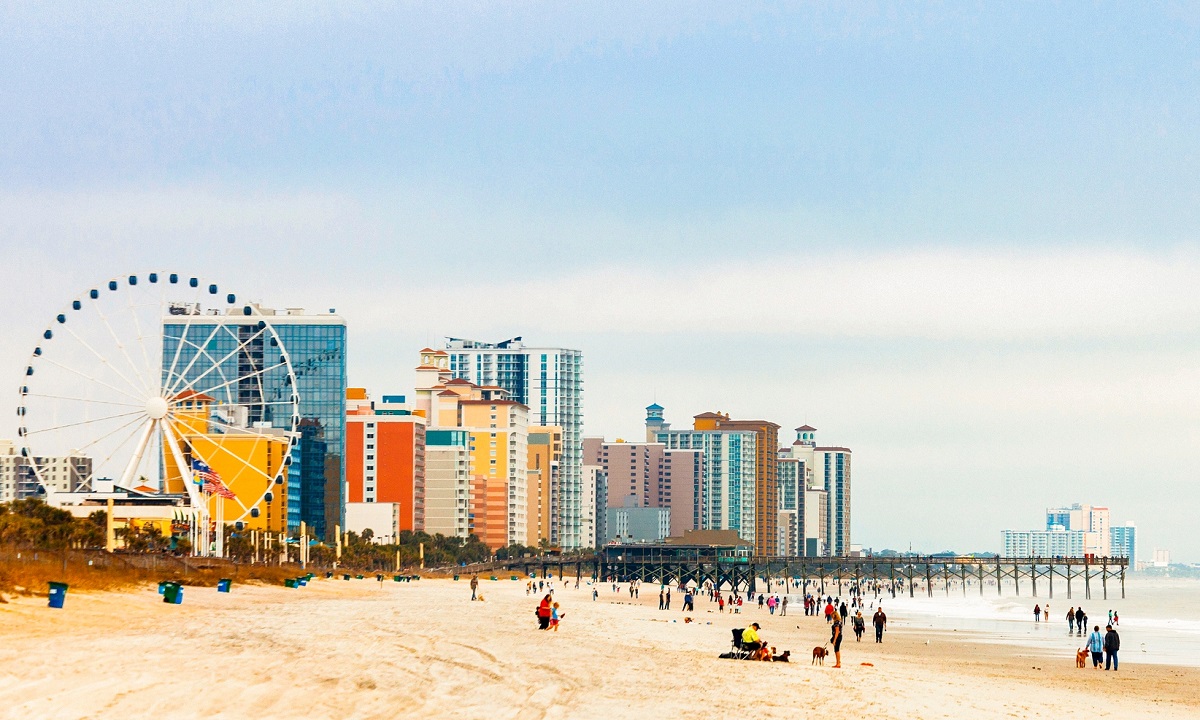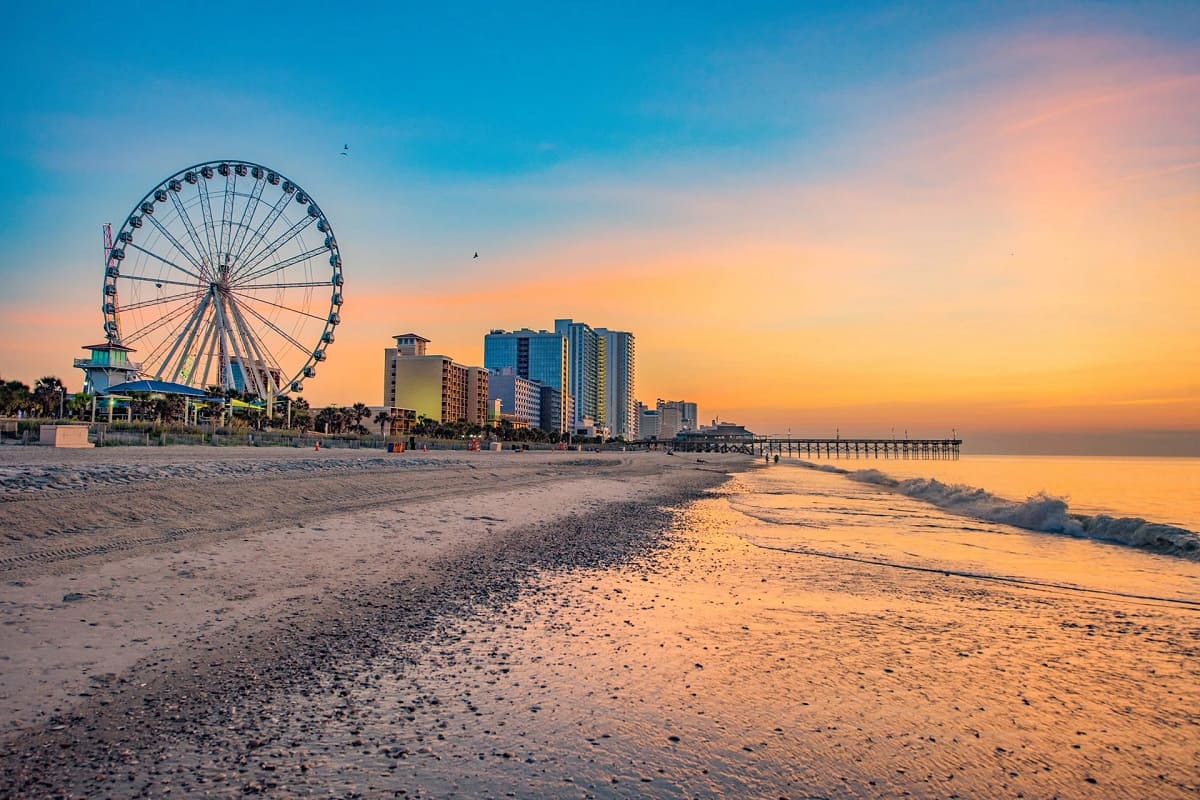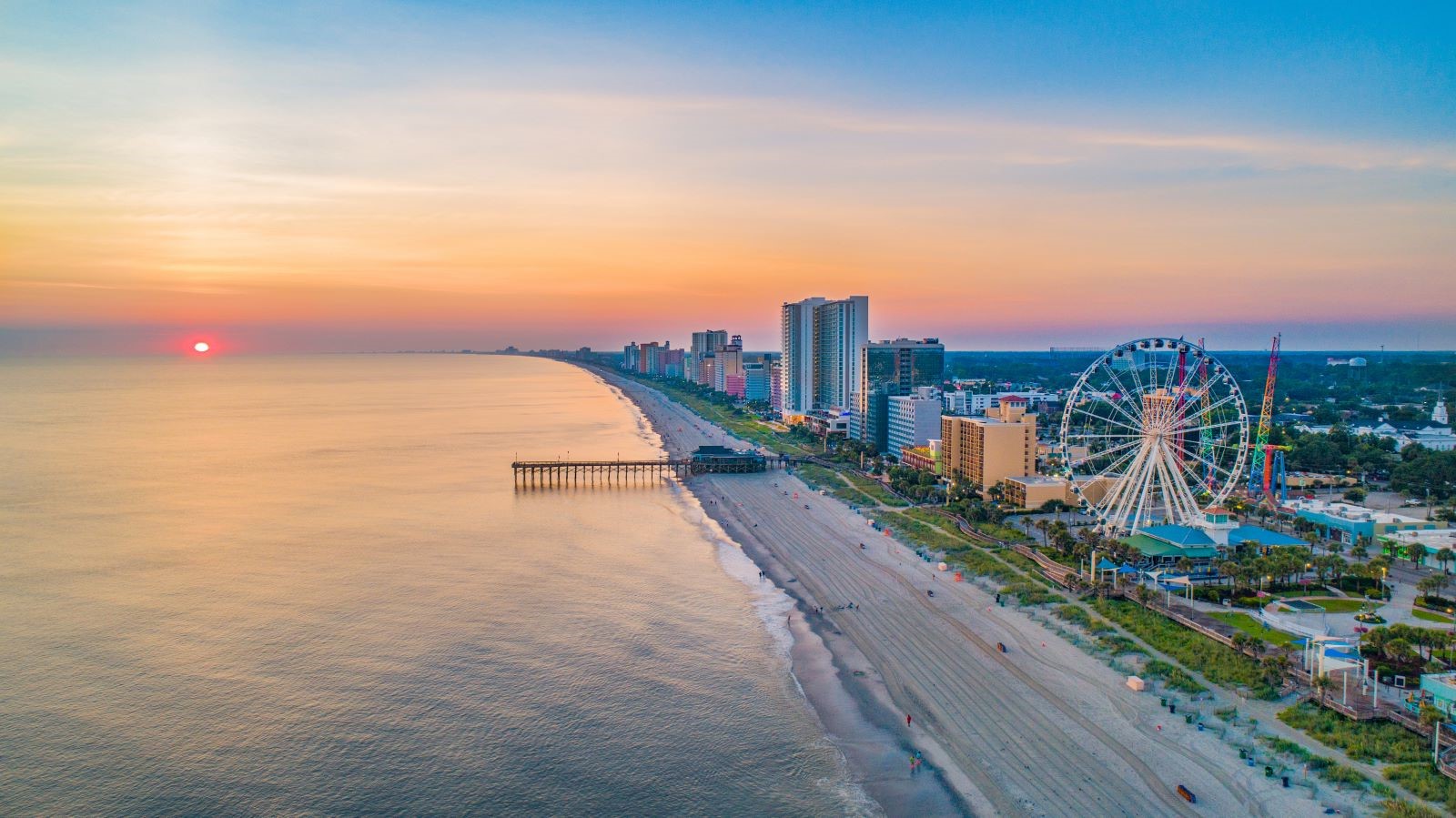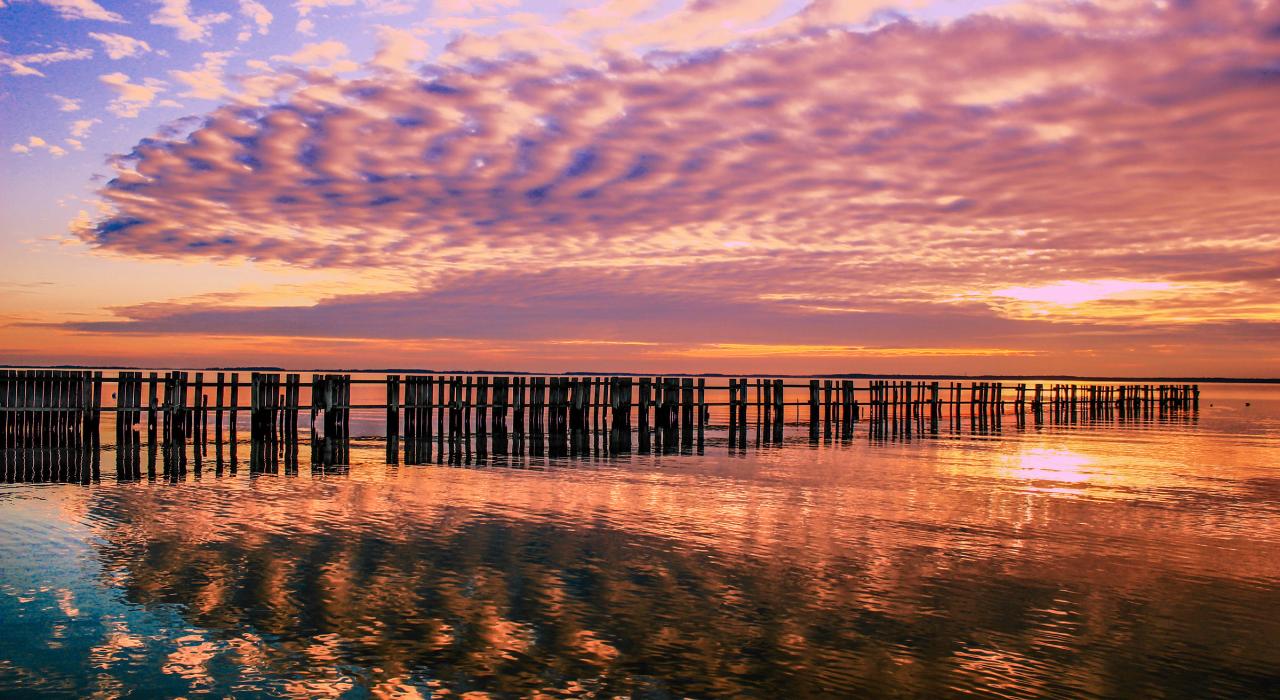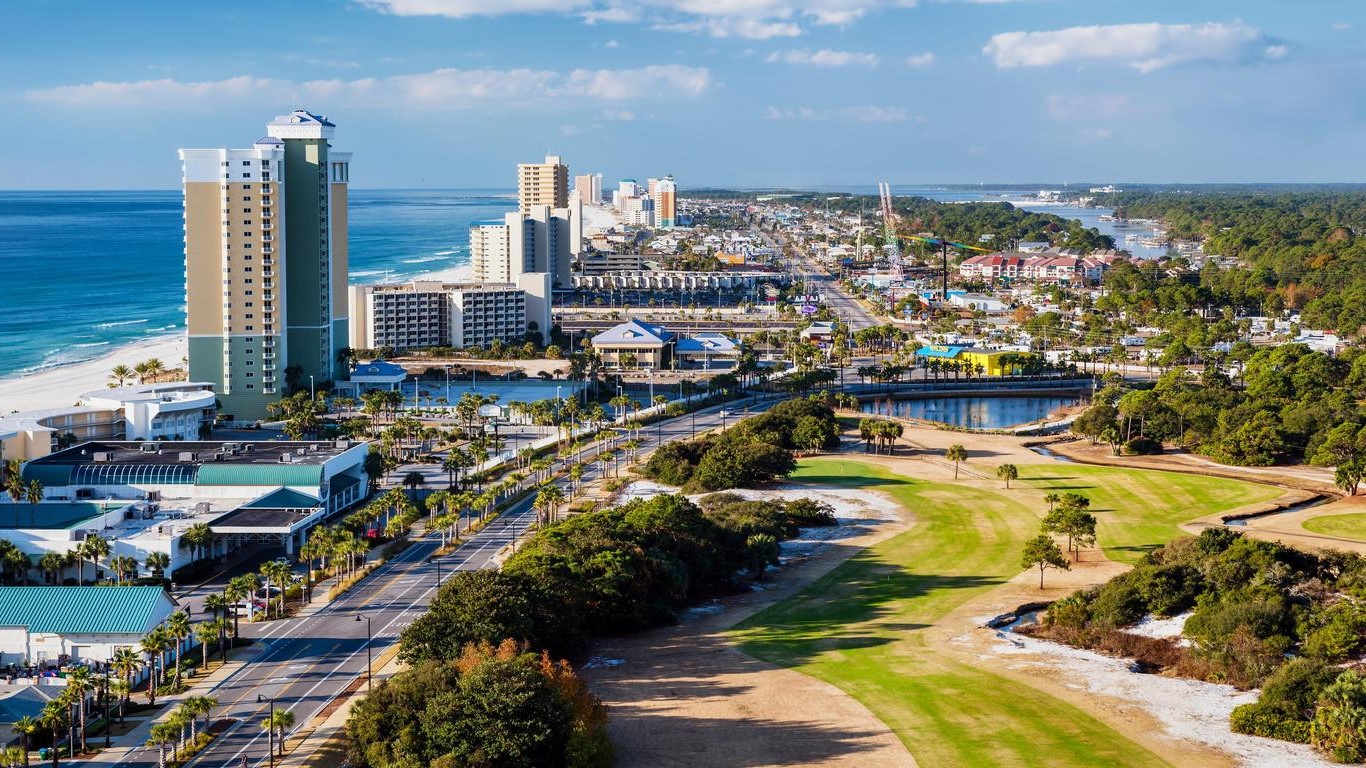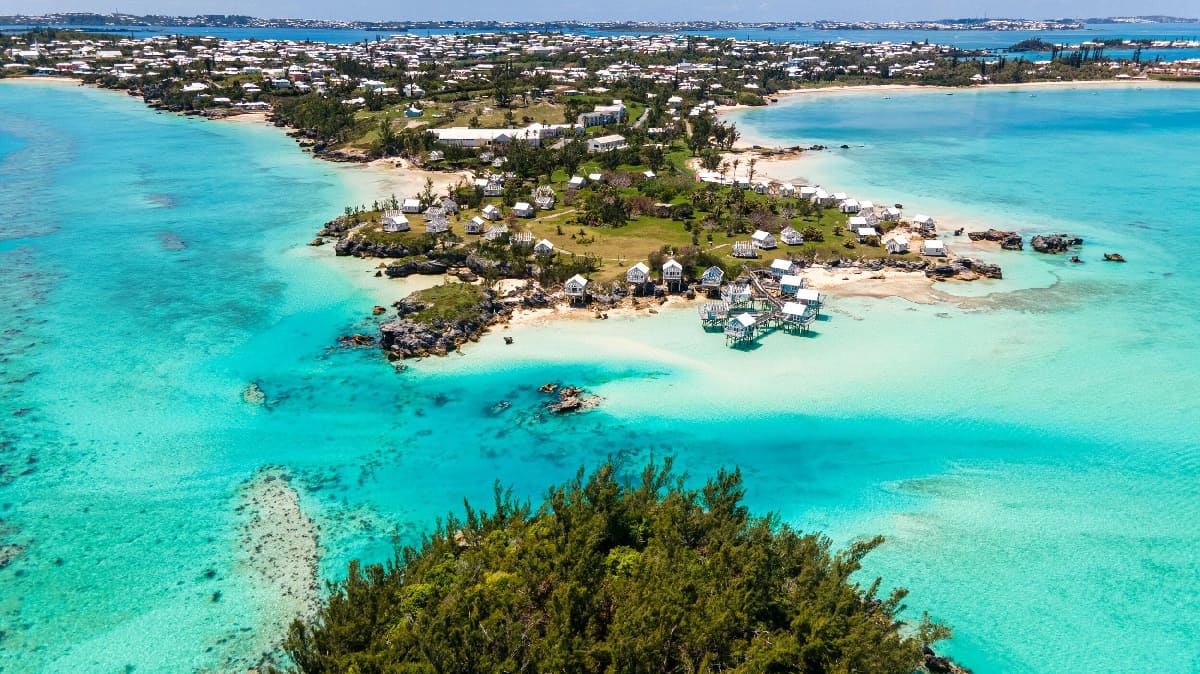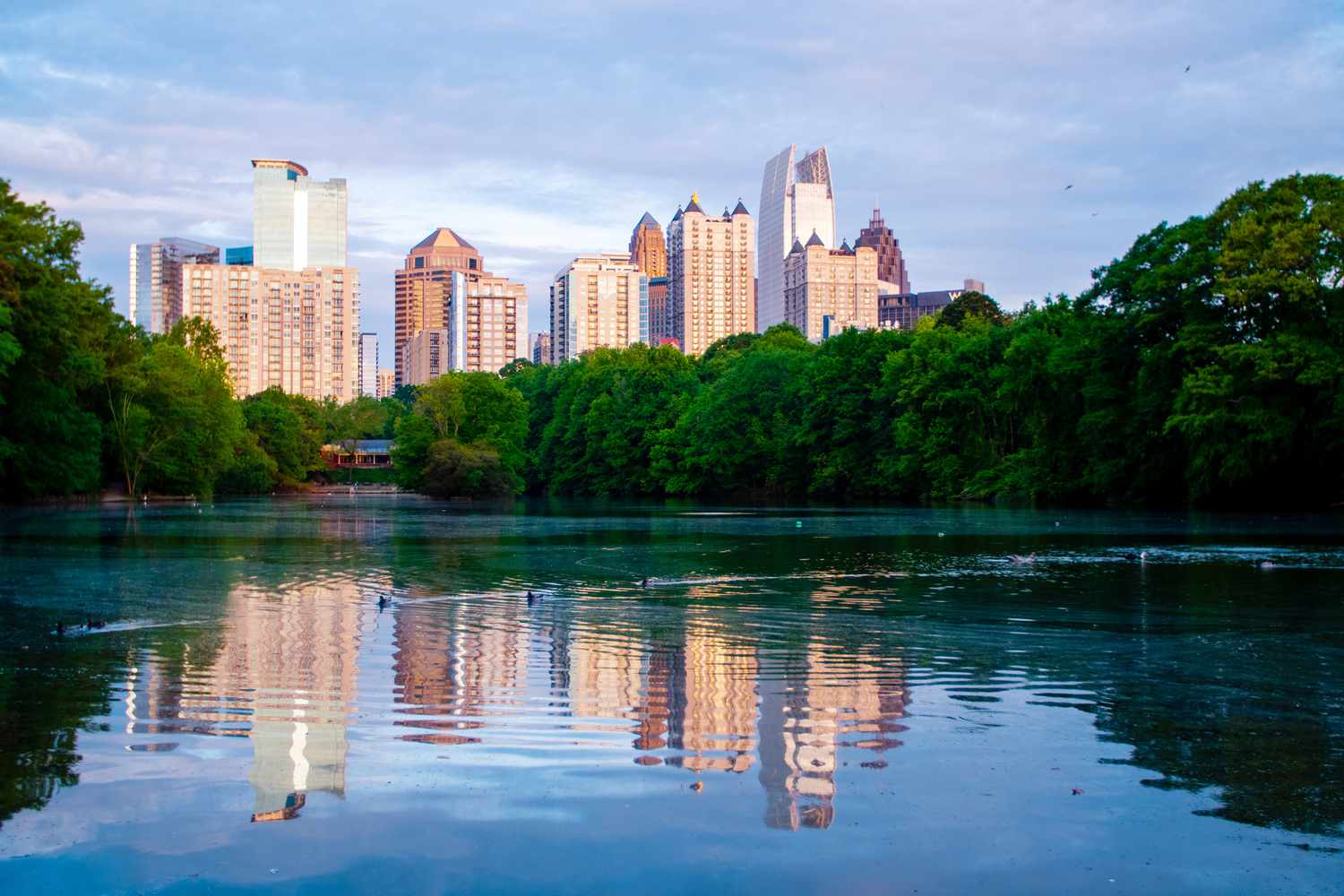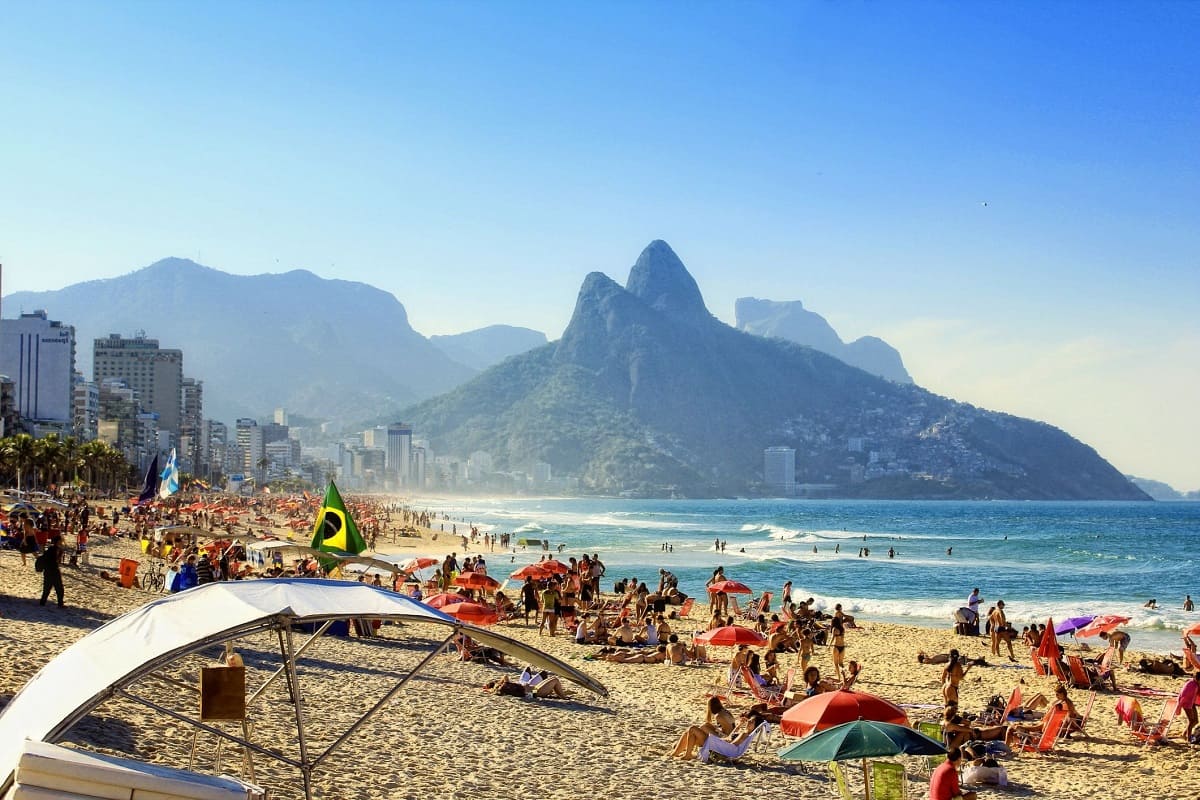Home>Weather and Climate>Average Temperature In Myrtle Beach


Weather and Climate
Average Temperature In Myrtle Beach
Published: March 5, 2024
Discover the average temperature in Myrtle Beach and plan your trip with insights into the weather and climate. Prepare for your visit with essential weather information.
(Many of the links in this article redirect to a specific reviewed product. Your purchase of these products through affiliate links helps to generate commission for Temperatures.com, at no extra cost. Learn more)
Table of Contents
Introduction
When it comes to planning a vacation or deciding where to live, understanding the average temperature of a location is crucial. The average temperature of a place not only influences the type of clothing you need to pack but also impacts various aspects of daily life, such as outdoor activities, agriculture, and even the local economy. Myrtle Beach, a popular coastal city in South Carolina, experiences a unique blend of weather patterns that contribute to its average temperature throughout the year.
Understanding the average temperature of Myrtle Beach involves delving into the various factors that influence it, including its geographical location, proximity to the Atlantic Ocean, and seasonal variations. By exploring these factors, we can gain a comprehensive understanding of the climate in Myrtle Beach and its implications for residents and visitors alike.
The average temperature in Myrtle Beach is not just a number; it is a reflection of the city's climate, which plays a significant role in shaping the lifestyle and activities of its inhabitants. Whether you're a local resident or a tourist planning a visit, having insights into the average temperature of Myrtle Beach can greatly enhance your experience and help you make informed decisions about when to visit and what to expect during your stay.
In the following sections, we will delve into the factors that influence the average temperature in Myrtle Beach, examine historical temperature data, and explore the seasonal variations that define the climate of this vibrant coastal city. Additionally, we will discuss the impact of average temperature on tourism and the local economy, shedding light on the far-reaching effects of climate on various aspects of life in Myrtle Beach. Let's embark on a journey to uncover the nuances of Myrtle Beach's average temperature and its significance in shaping the experiences of those who call this charming coastal city home and those who seek to explore its sandy shores.
Factors Affecting Average Temperature
The average temperature of Myrtle Beach is influenced by a myriad of factors that collectively shape its climate. One of the primary determinants of the city's temperature is its geographical location. Situated on the eastern coast of the United States, Myrtle Beach experiences the moderating effects of the Atlantic Ocean. The ocean acts as a thermal regulator, mitigating extreme temperature fluctuations and contributing to the overall mild climate of the region. The proximity to a large body of water ensures that Myrtle Beach does not experience the same temperature extremes as inland areas, resulting in relatively moderate and pleasant weather throughout the year.
Another significant factor affecting the average temperature of Myrtle Beach is its latitude. Positioned at approximately 33 degrees north, Myrtle Beach falls within the subtropical climate zone. This location exposes the city to a blend of warm, humid summers and mild winters, characteristic of subtropical climates. The combination of oceanic influences and subtropical positioning creates a temperate climate that is conducive to outdoor activities and leisure throughout much of the year.
Furthermore, the presence of the Gulf Stream significantly impacts the average temperature of Myrtle Beach. This powerful ocean current originates in the Gulf of Mexico and flows along the eastern seaboard of the United States, passing close to the shores of Myrtle Beach. The Gulf Stream acts as a heat conveyor, transporting warm water from the tropics northward. As it nears the coast, the Gulf Stream releases heat into the atmosphere, contributing to the overall warmth of the region and influencing its average temperature.
In addition to these natural factors, urbanization and human activities can also play a role in shaping the average temperature of Myrtle Beach. The expansion of urban areas, the development of infrastructure, and the presence of heat-absorbing surfaces can contribute to the phenomenon known as the urban heat island effect. This effect can lead to slightly higher temperatures in urbanized areas compared to surrounding rural or natural landscapes.
By considering these various factors, it becomes evident that the average temperature of Myrtle Beach is the result of a complex interplay between geographical location, oceanic influences, climatic zones, and human activities. Understanding these factors provides valuable insights into the unique climate of Myrtle Beach and its implications for residents, visitors, and the local environment.
Historical Average Temperatures
Historical average temperatures serve as a window into the past, offering valuable insights into the long-term climate trends and patterns that have shaped Myrtle Beach's weather over the years. By examining historical temperature data, we can gain a deeper understanding of the city's climate dynamics and how it has evolved over time.
Myrtle Beach's historical average temperatures reveal a consistent pattern of mild and temperate weather, characterized by warm summers and mild winters. The city's proximity to the Atlantic Ocean has played a pivotal role in maintaining this equilibrium, as the ocean acts as a natural regulator of temperature extremes. The historical records depict a remarkable stability in the average temperatures, with minimal fluctuations and a general predisposition towards pleasant weather conditions.
The historical temperature data also highlights the resilience of Myrtle Beach's climate in the face of external influences, such as weather phenomena and climatic events. While occasional fluctuations and anomalies are observed, the overall trend reflects the city's reputation for offering a favorable climate for outdoor activities, beachside leisure, and year-round enjoyment.
Moreover, the historical average temperatures provide a basis for comparison and analysis, enabling meteorologists and climate scientists to identify long-term trends and variations. By studying these historical patterns, researchers can discern subtle shifts in temperature averages, detect potential climate cycles, and assess the impact of broader environmental factors on Myrtle Beach's climate.
In essence, the historical average temperatures of Myrtle Beach serve as a testament to the city's climatic stability and its enduring appeal as a destination known for its inviting weather. By delving into the historical temperature records, we gain a deeper appreciation for the unique climate of Myrtle Beach and the factors that have contributed to its consistency over time. This historical perspective enriches our understanding of the city's climate and reinforces its reputation as a coastal haven with a climate that beckons visitors and residents alike.
Seasonal Variations
The seasonal variations in Myrtle Beach's average temperature offer a captivating glimpse into the dynamic nature of the city's climate throughout the year. From the balmy embrace of summer to the crisp air of winter, each season brings its own distinct character, shaping the experiences of residents and visitors alike.
Summer
As the sun ascends to its zenith, Myrtle Beach basks in the warmth of summer. The months of June, July, and August herald the arrival of the summer season, accompanied by long, sun-drenched days and gentle sea breezes. The average temperature during this time hovers comfortably in the range of 75 to 85 degrees Fahrenheit, creating an idyllic setting for beach outings, water sports, and outdoor festivities. The inviting warmth of summer beckons vacationers to indulge in the city's renowned coastal attractions, from leisurely strolls along the boardwalk to exhilarating water activities in the azure waters of the Atlantic.
Autumn
As the vibrant hues of autumn emerge, Myrtle Beach undergoes a subtle transformation. The fall season, spanning from September to November, brings a delightful interlude of milder temperatures, with the average ranging from 60 to 75 degrees Fahrenheit. The crisp, refreshing air sets the stage for outdoor adventures, nature walks, and leisurely rounds of golf amidst the city's lush landscapes. The autumnal charm of Myrtle Beach, coupled with its moderate temperatures, makes it an ideal time for exploring the city's natural beauty and partaking in seasonal events and festivals.
Winter
While much of the country grapples with icy chills, Myrtle Beach experiences a mild and inviting winter. From December to February, the average temperature hovers between 45 and 60 degrees Fahrenheit, offering a pleasant respite from harsh winter conditions. The city's temperate winter climate creates an inviting atmosphere for off-season getaways, peaceful beach walks, and cozy gatherings by the fire. Winter in Myrtle Beach presents a unique opportunity to savor the city's serene ambiance and enjoy a tranquil escape amidst its coastal splendor.
Spring
As nature awakens from its winter slumber, Myrtle Beach blossoms into a tapestry of color and vitality. The spring season, spanning from March to May, ushers in a rejuvenating burst of warmth and renewal. The average temperature during spring ranges from 55 to 75 degrees Fahrenheit, creating an enchanting backdrop for outdoor adventures, blooming gardens, and al fresco dining experiences. Spring in Myrtle Beach invites visitors to embrace the city's natural beauty, from the fragrant blooms of botanical gardens to the invigorating ocean air along the pristine shoreline.
In essence, the seasonal variations in Myrtle Beach's average temperature paint a vivid portrait of a city that embraces the diversity of each season, offering a rich tapestry of experiences throughout the year. Whether it's the sun-kissed days of summer, the tranquil allure of autumn, the mild winters, or the vibrant awakening of spring, Myrtle Beach's climate ensures that every season holds its own allure, beckoning visitors to immerse themselves in the city's ever-changing, yet consistently inviting, atmosphere.
Impact on Tourism and Local Economy
The average temperature of Myrtle Beach exerts a profound influence on the city's tourism sector and local economy, shaping the patterns of visitor influx, economic activities, and the overall vibrancy of the region. As a renowned coastal destination, Myrtle Beach's inviting climate serves as a magnet for tourists seeking sun-soaked escapades, seaside relaxation, and a myriad of outdoor pursuits. The city's average temperature, with its year-round appeal, plays a pivotal role in driving tourism and bolstering the local economy.
During the balmy months of summer, when the average temperature lingers in the pleasant range of 75 to 85 degrees Fahrenheit, Myrtle Beach experiences a surge in tourism as vacationers flock to its shores to revel in the sun, sand, and surf. The city's inviting climate sets the stage for a bustling tourism season, with an influx of visitors seeking beachfront accommodations, coastal attractions, and a plethora of outdoor recreational opportunities. The vibrant summer tourism not only fuels the hospitality and leisure sectors but also contributes to the economic vitality of the city, supporting local businesses, restaurants, and entertainment establishments.
The moderate temperatures of autumn and spring further bolster Myrtle Beach's appeal as a year-round destination, attracting visitors seeking a tranquil coastal retreat amidst the city's natural splendor. The temperate climate during these seasons creates an ideal setting for outdoor events, festivals, and recreational activities, fostering a vibrant tourism landscape that sustains the local economy and promotes community engagement.
Even during the mild winter months, Myrtle Beach continues to draw visitors seeking a reprieve from colder climates, thereby bolstering the off-season tourism and providing a steady stream of economic activity. The city's average temperature, which remains relatively mild during winter, enables visitors to enjoy a peaceful coastal getaway, contributing to the sustained economic vibrancy of the region.
The impact of Myrtle Beach's average temperature on the local economy extends beyond tourism, permeating various sectors such as real estate, retail, and outdoor recreation. The city's inviting climate serves as a catalyst for residential and commercial real estate investments, as individuals and businesses are drawn to the allure of a coastal lifestyle complemented by favorable weather conditions. Additionally, the outdoor recreation industry, including golf courses, water sports facilities, and nature-based attractions, thrives on the consistent appeal of Myrtle Beach's climate, further bolstering the economic landscape of the region.
In essence, the average temperature of Myrtle Beach is intricately woven into the fabric of its tourism sector and local economy, serving as a cornerstone of the city's allure and economic vitality. The climate's year-round appeal, characterized by moderate temperatures and diverse seasonal experiences, underpins the city's position as a premier coastal destination and a thriving hub of economic activity, ensuring that Myrtle Beach remains a coveted haven for visitors and a flourishing center of commerce and leisure.
Conclusion
In conclusion, the average temperature of Myrtle Beach encapsulates the essence of the city's climate, reflecting a harmonious blend of natural influences, seasonal variations, and economic significance. The factors shaping Myrtle Beach's average temperature, including its geographical location, oceanic influences, and subtropical positioning, converge to create a climate that is characterized by mild, inviting weather throughout much of the year.
The historical average temperatures of Myrtle Beach serve as a testament to the city's climatic stability, showcasing a consistent pattern of temperate conditions that have shaped the experiences of residents and visitors over time. The seasonal variations, from the warmth of summer to the tranquility of winter, offer a diverse tapestry of experiences, each contributing to the city's allure and vibrancy.
Moreover, the impact of Myrtle Beach's average temperature on tourism and the local economy underscores the pivotal role of climate in driving economic activities, sustaining the hospitality sector, and fostering a thriving community. The city's inviting climate serves as a magnet for tourists, drawing visitors year-round and supporting a robust tourism landscape that fuels economic growth and sustains local businesses.
Ultimately, the average temperature of Myrtle Beach is not merely a meteorological metric; it is a defining aspect of the city's identity, shaping the lifestyle, experiences, and economic dynamics of this coastal gem. As residents and visitors alike bask in the mild embrace of Myrtle Beach's climate, they are immersed in a tapestry of natural beauty, leisure opportunities, and economic vitality, all underpinned by the city's inviting average temperature.
In essence, the average temperature of Myrtle Beach is a testament to the city's enduring appeal as a coastal haven, beckoning visitors to immerse themselves in its inviting climate and vibrant atmosphere. Whether it's the sun-kissed days of summer, the tranquil allure of autumn, the mild winters, or the vibrant awakening of spring, Myrtle Beach's climate ensures that every season holds its own allure, inviting individuals to partake in the city's ever-changing, yet consistently inviting, atmosphere.

